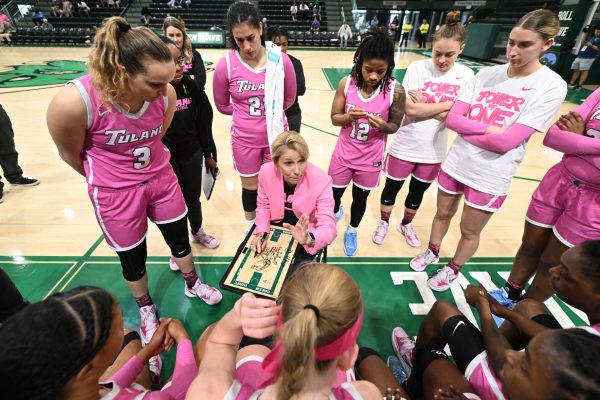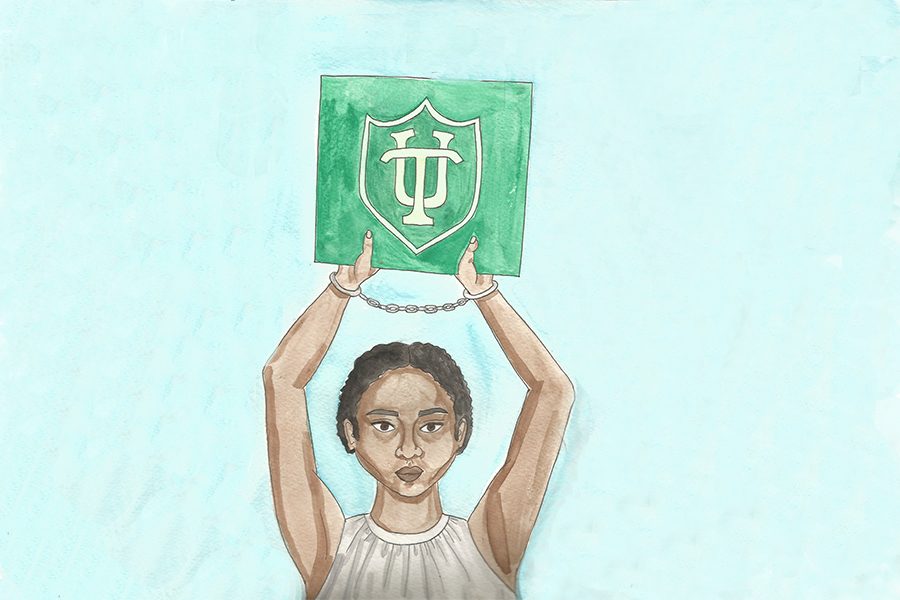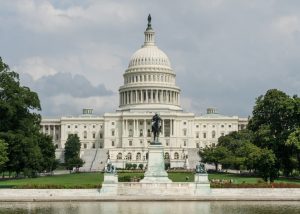Tulane cannot ignore its historical roots to slavery
October 23, 2019
Jackson Faulkner is currently writing an undergraduate honors thesis on the social history of the deBore plantation, which comprised part of the land that is currently Tulane University.
Without question, slavery defines Tulane University. Without understanding this reality beyond the immediate frame of the university, however, the contemporary movement to force a conversation about race, power and history on our campus will not move beyond a surface-level understanding and addressing of our institution’s structural connections with slavery.
When members of the Tulane community have sought to address our institution’s documented, if not public, foundation in slavery, they have rightfully examined central figures who are similarly foundational to the university.
Many activists have examined the original wealth of the Tulane family, wealth which privatized Tulane University to avoid integration during Reconstruction and was derived from the violent exploitation of African and African-descended people enslaved in the then-French colony of Saint-Domingue.
.@TulaneSPHTM will bring together scholars, activists and community members for a day-long event observing the 400-year anniversary of the beginning of slavery in America and exploring its lasting impact on inequalities for communities across the country.https://t.co/eCa7eyr12R
— Tulane University (@Tulane) October 2, 2019
Similar editorials have called for university funding of research, archives and publications to uncover these racial disparities that created and now sustain Tulane. Their proposals have included forming university-led committees to examine Tulane’s connection to slavery and publishing academic works that inform the community and broader academic world of the their findings.
The fact that slavery’s role in creating Tulane is even a subject of public conversation is groundbreaking.
It is also a conversation that is woefully unaddressed on our campus and requires the exact institutional support that previous editorials have called for. This lack of institutional self-examination is compounded by a deep historical silence which has erased any contemporary memory of Tulane’s plantation history.
In doing so, we risk losing an understanding of the scope of the exploitation we are seeking to address, and we ultimately risk undermining our communal attempts at redress.
Slavery on the land that now forms Tulane University dates back to the French colonial period. Tulane’s very shape, long and rectangular, is itself confined within the larger boundary of a French colonial plantation. Tulane was too far back from the river to be directly under agricultural cultivation, but undoubtedly the land that now consists of Tulane University’s Uptown campus was once owned in title by elite white men whose wealth and status was built by their legal ownership and violent control of African and African-American people and their labor.
Institutional structures of wealth and power based on race have physically existed in the area of Tulane’s campus long before Paul Tulane sought to fund a whites-only school.
Even more striking is the fact that Tulane’s easternmost edge was likely once owned by Étienne de Boré, whose plantation was the first to commercially cultivate sugar in Louisiana. This historical first sparked an expansion and retrenchment of slavery in Louisiana, including a second internal slave trade which destroyed upper-South enslaved communities and families, sending hundreds of thousands of enslaved men, women and children to brutally-run sugar plantations.
But if part of Tulane was once part of a plantation which had an outsized historical importance in forming structural racial inequalities, it was also home to a diverse and resilient enslaved community.
Surviving historical records note that over 80 people were enslaved at the de Boré plantation in 1820 and that among the enslaved were people born both in the Americas and in Africa. These were people who spoke African and Creole languages.
Sugar Bowl History – Part 2: In 1935, Tulane Stadium hosted the first Sugar Bowl. Pre-1871, Tulane's campus was on Paul Foucher's plantation, where his father-in-law, Etienne de Bore, first granulated sugar from cane syrup. @AlabamaFTBL @SugarBowlNola @TulaneNews @LaStateMuseum
— Dr. Nicole Jones Wadsworth (@NicoleJonesAL) January 1, 2018
These communities featured people as diverse as Illinois Creoles and Igbo, people from modern-day Haiti and Nigeria. If the land Tulane rests on was once legally the property of planters like de Boré, it was also the property of plantation runaways like Alexandre, a man from the Congo river basin who laid claim to his personage and the land by camping nearby and harassing the plantation overseers, taking food and evading capture.
Tulane’s administration has publicly stated its goal of promoting diversity and examining structural changes. Tulane has even founded the “Presidential Commission on Race and Tulane Values” to examine structural changes the university can make toward forming “a racially diverse, inclusive community.”
But so long as the Commission, or another university-funded and -supported body, is not granted power in exploring and revealing Tulane’s long and painful history with slavery, crucial opportunities for the university to address slavery will continue to be lost.
As we seek to address the legacy of slavery at Tulane, the university must expand the Presidential Commission to examine and educate its students in the role of slavery at Tulane and in the greater context of New Orleans.
This commission must examine the web of connections to slavery that Tulane has far too long ignored, but it and we cannot forget the larger context of slavery that Tulane was quite literally built upon.
If we continue to forget the enslaved people who lived here long before the university, their culture, their lives and their struggles, we continue to prioritize the violence, power and wealth of the planters and founders.
In whatever institutional reform and action we seek, we must advance a larger understanding of slavery and racial history at Tulane, a history that reaches farther back and prioritizes the stories of people long silenced.






















Eric Van Aukee Arch ‘82 • Jun 14, 2020 at 1:04 pm
This subject is certainly worth examining. As a Graduate and Alum, I support the continued examination of the University’s legacy as one should examine everything in their life; honestly, openly and transparently. This is what I learned from my education at Tulane and what I learned from the city of New Orleans.
Ronald Stanley • Oct 28, 2019 at 2:51 pm
At one period in time in history, Tulane did not allow Black on Campus or near the area of the campus…In my life time…However, TRUTH is always important to allow people to cry about history and make a change
Larry Masters • Oct 24, 2019 at 9:53 am
Interesting history. Is the thesis that the land that Tulane stands on is tainted? Isn’t the logical conclusion that all land where injustice once occurred is tainted? To say that “slavery defines Tulane” is an odd statement to make about a University founded well after slavery was abolished. Tulane’s history is not without sin, but it is no more permanently tainted by slavery than people alive today are tainted. In the United States we have moved past condemning children through the corruption of blood for the sins of their ancestors. Communal guilt seems to serve little purpose.